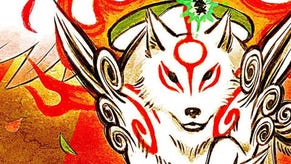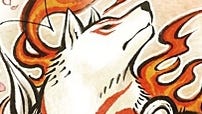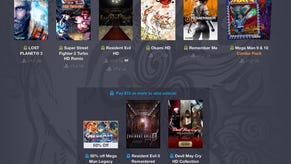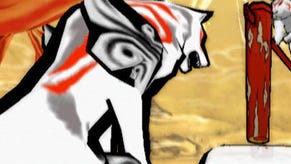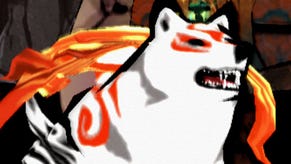Okami
Don't give it the brush off.
Porting Okami to the Wii always seemed like an obvious decision to make - at least on a mechanical level, with its gesture-based controls lending themselves well to the Nintendo machine. But, for a long time, the chances of this ever happening appeared to be a distant prospect. Despite numerous Game of the Year awards in 2006, this nailed-down 10/10 classic just didn't sell, and cold business logic dictated that Capcom eventually had to pull the plug on Clover Studios.
The fact that the public turned its nose up at such a critically lauded game has been the subject of much debate ever since. Capcom reckoned it wasn't helped by the fact it came out just as its core audience were moving onto next generation platforms; others point to the fact it was literally too arty for its own good.
But whatever the reason for its failure on PS2, the Okami story refused to die. Such was the immense goodwill surrounding this majestic, Zelda-inspired action-adventure, US studio Ready At Dawn threw its hat into the ring to perform conversion duties, despite the game's original creators no longer being on hand to help out. Ported under somewhat exceptional circumstances, the team has done a fantastic job of bringing what is one of the true landmark games of recent years to a platform it seemed destined for all along.
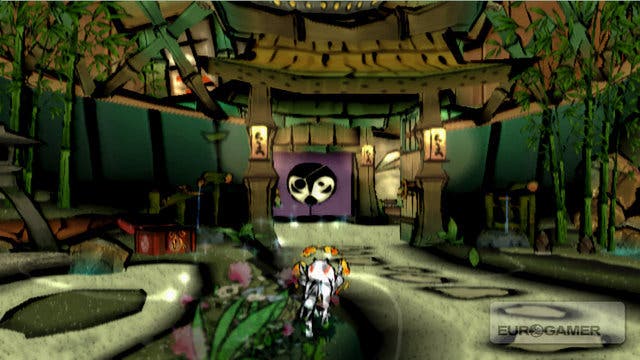
Having played several hours of the finished US build, it's abundantly clear that the conversion process has been something of a labour of love for RAD, with an attention to detail that ensures that even those who currently own the original will probably want to pick up the game when it arrives in Europe later at some point in the summer (or on import next week if you own Wii Freeloader, of course).
If you're one of the many who missed out the first time around, the first thing to stress is that it's nowhere near as weird or convoluted as it sounds, playing out like many third-person action-adventures - only with far more flair and imagination. Firstly, it looks absolutely fantastic, with its vivid and unique visual style like an ancient sumi-e watercolour painting brought to life, but the real allure lies in a game which - once you allow yourself to get into it - is so involving and rewarding, it genuinely puts most other videogames to shame by comparison. With something like 60 hours' worth of gameplay tucked away in its numerous sections, it offers an impossible amount of value and is one of those rare videogames that feels like a journey.
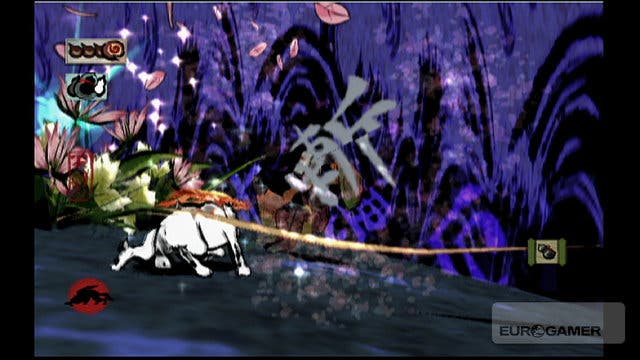
The storyline is similarly top-notch, benefiting from an unexpected degree of humour, which belies its somewhat serious, arty exterior. To cut a very long story short, the land has been plunged into darkness - and not for the first time. In preparation for such an event, a tree spirit called Sakuya commands a statue of a white wolf back to life, and it's up to you, Amaterasu, to sort the whole mess out using 13 'Celestial powers'. In true videogame style, you unlock these as you go along, aided and abetted by a lippy bug called Issun, a self-proclaimed 'wandering artist'. But, like I said, don't let the barmy story put you off - once you get beyond the typically verbose intro sequence, and the occasionally long-winded exposition, you might even start to appreciate the game for taking its time in setting the scene. And if you don't, well, Ready At Dawn has introduced a new ability to skip all the cut-scenes.
The first thing to report about the game's transition to the Wii is how well the most of the control system functions. In terms of the basics, the nunchuk's analogue stick controls the general movement direction, the d-pad changes the overall camera angle, 1 brings up the map screen up, the 2 button changes the player's point of view, A is for jump, C digs, Z barks, the '+' button enters the main menu, while pressing '-' gives you access to the game options. So far so good.



